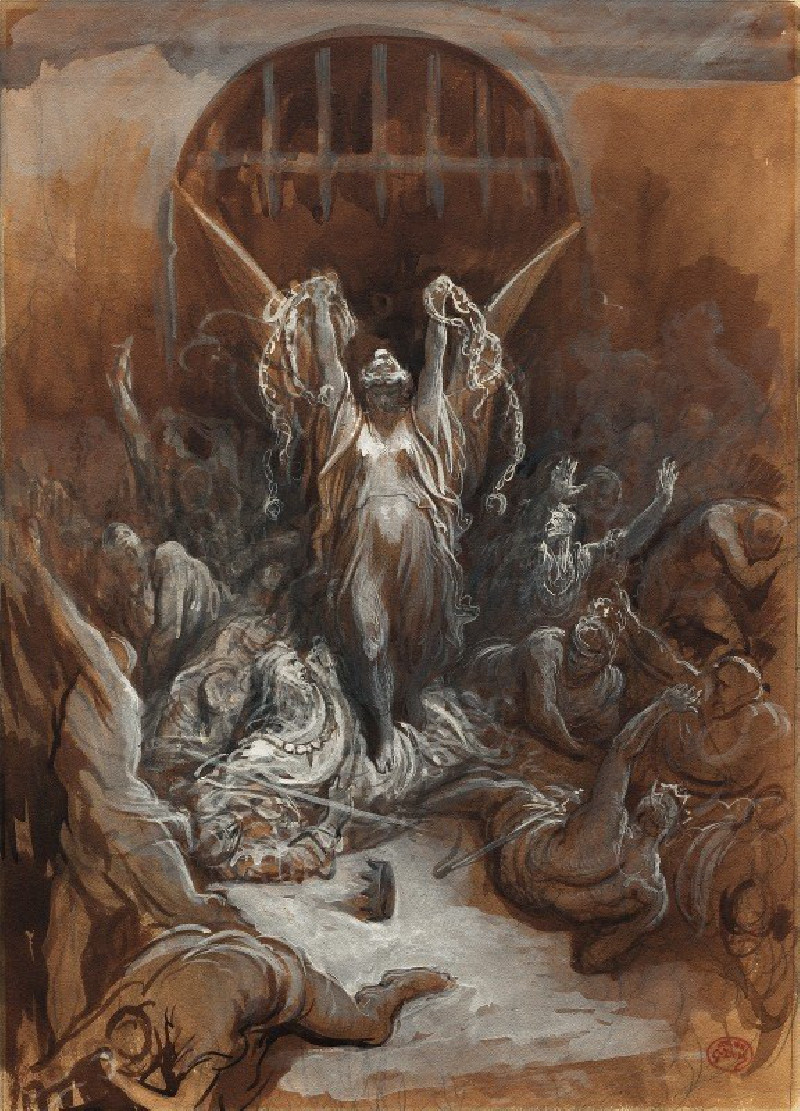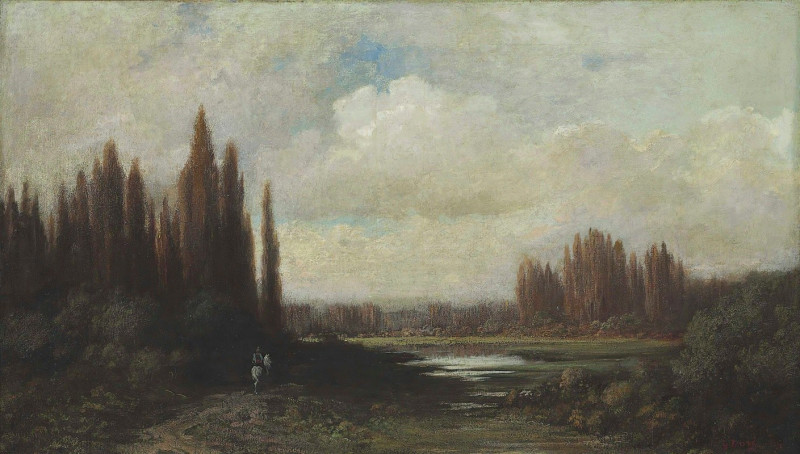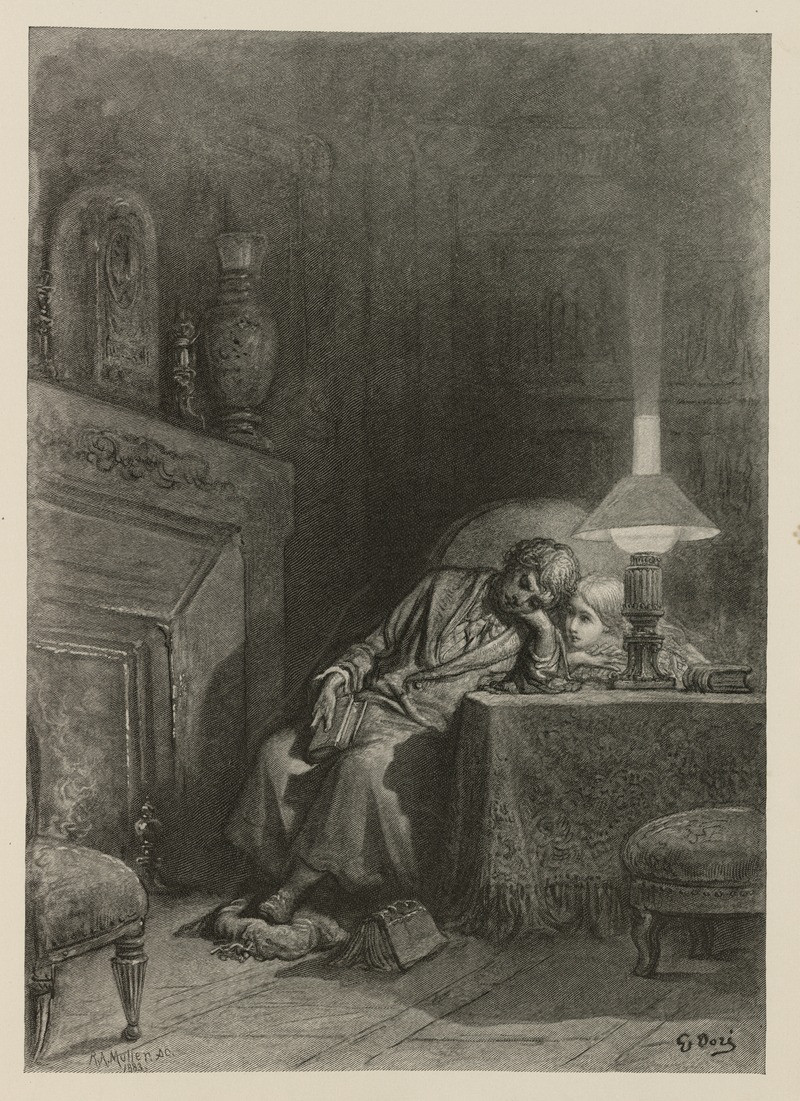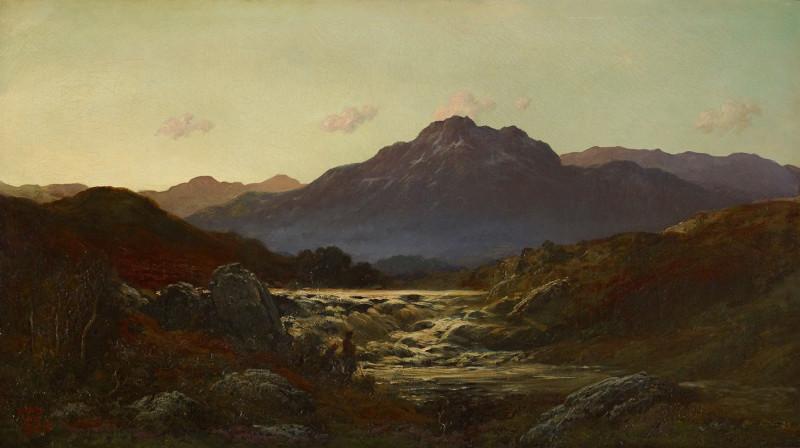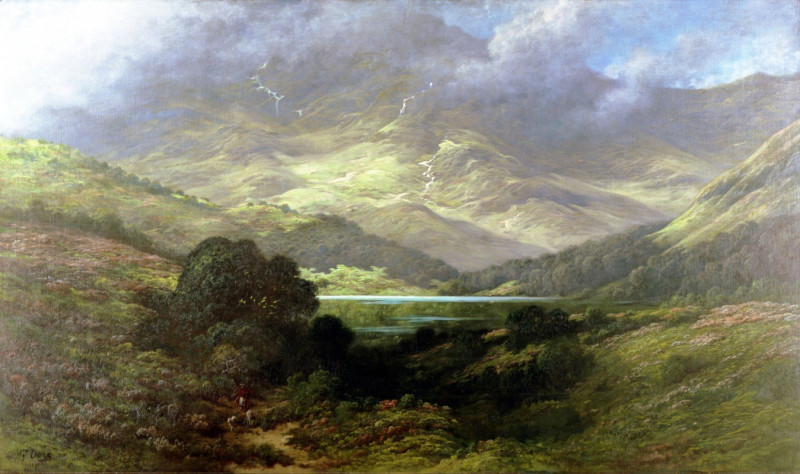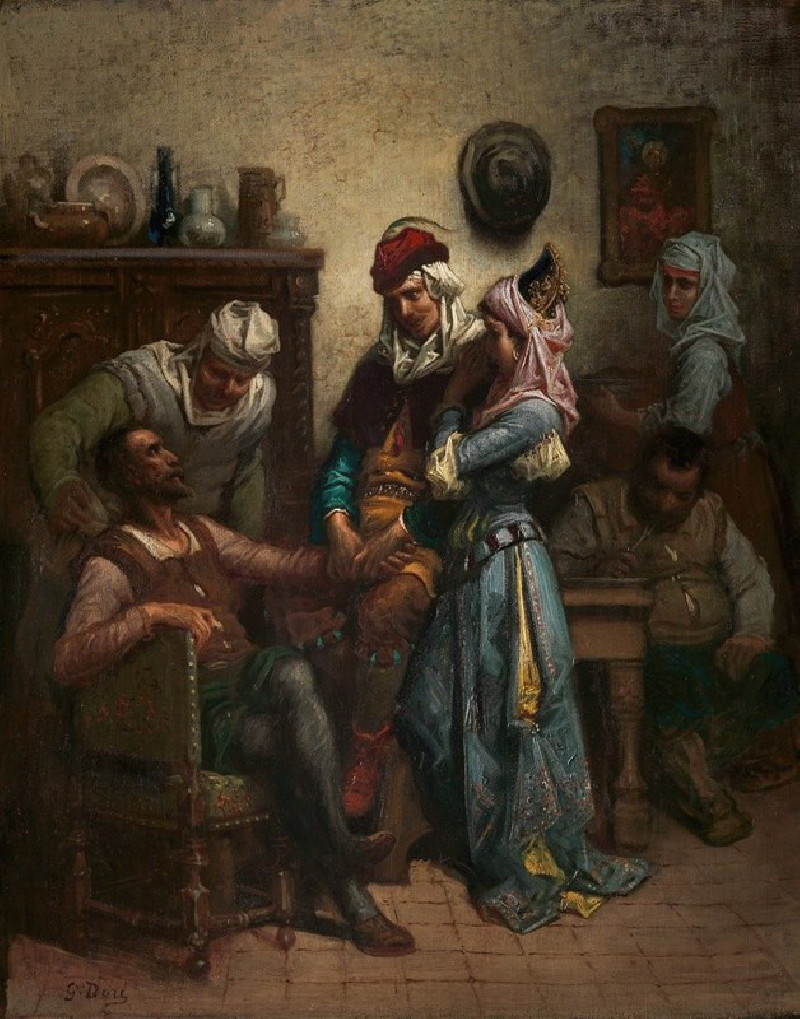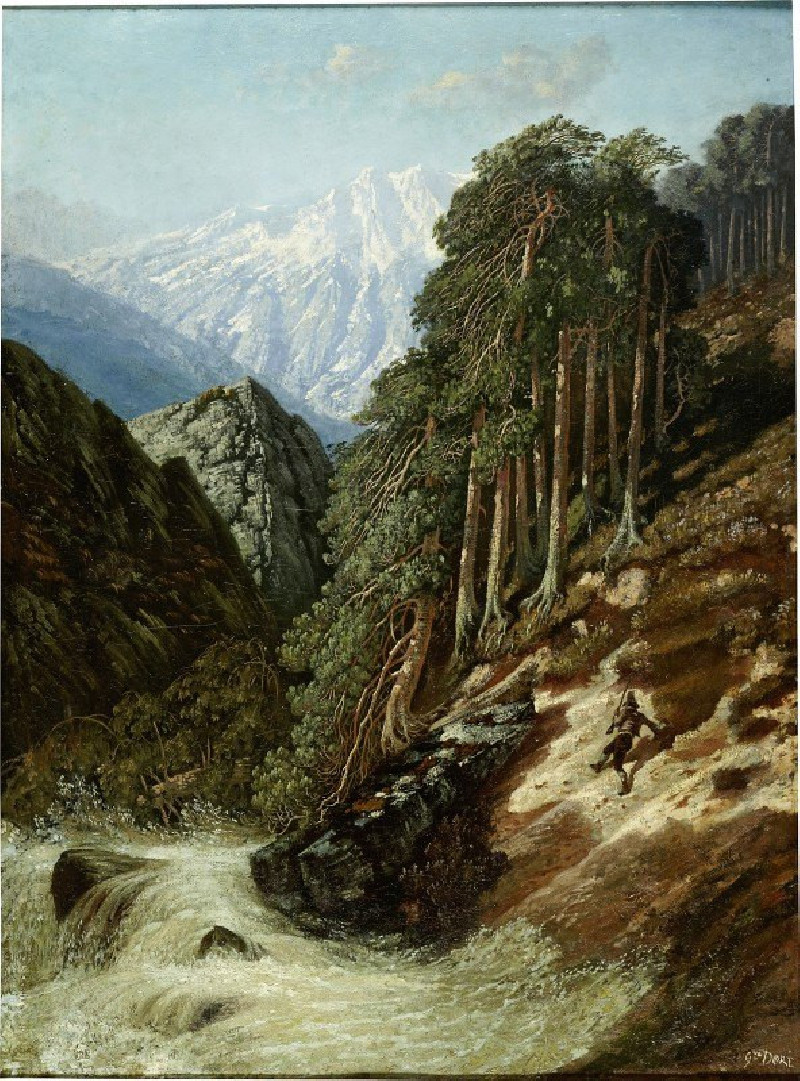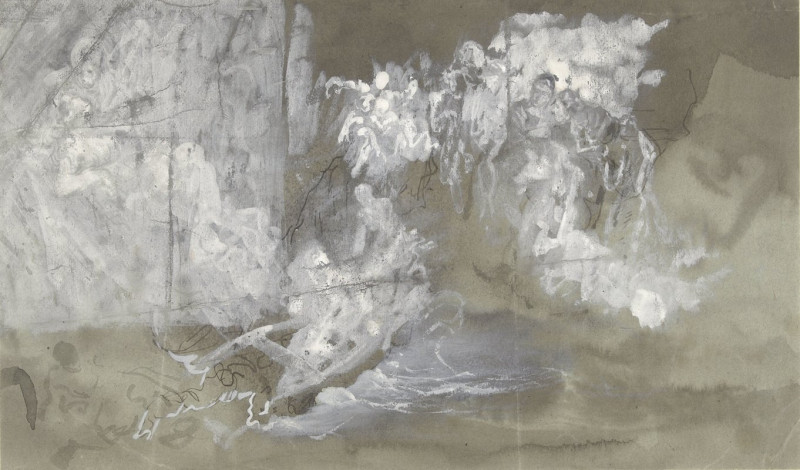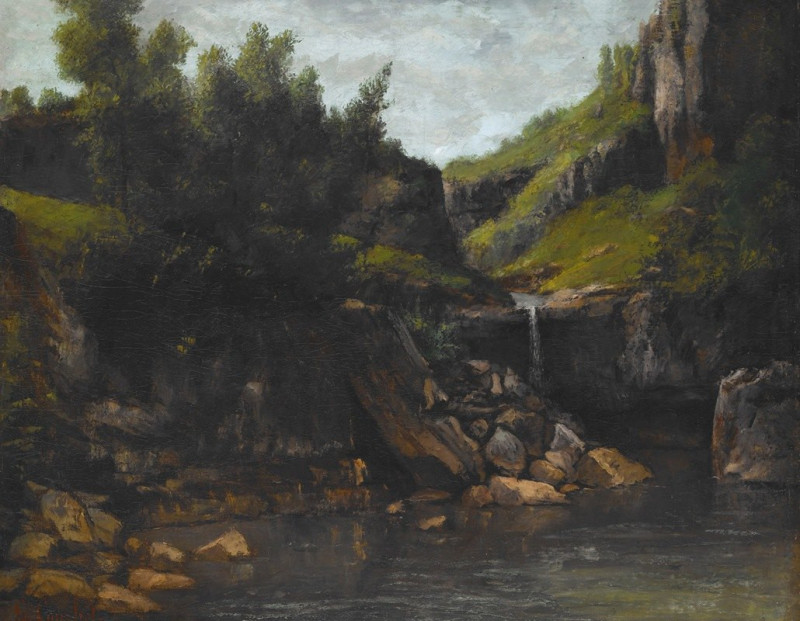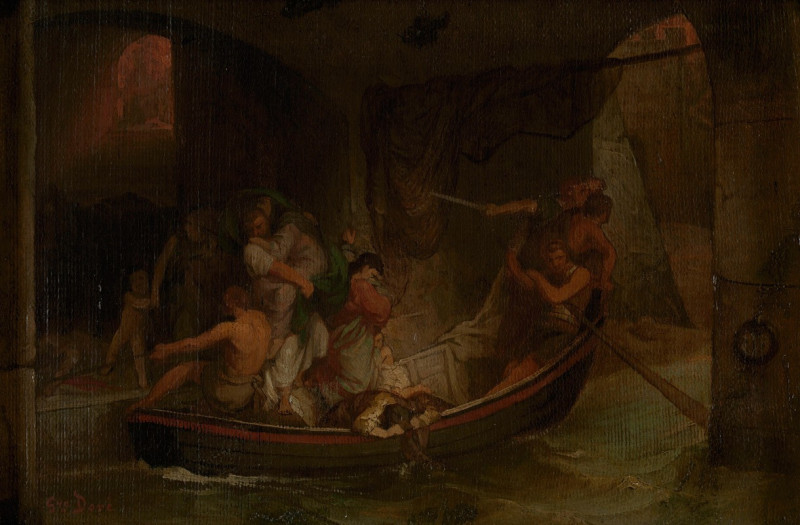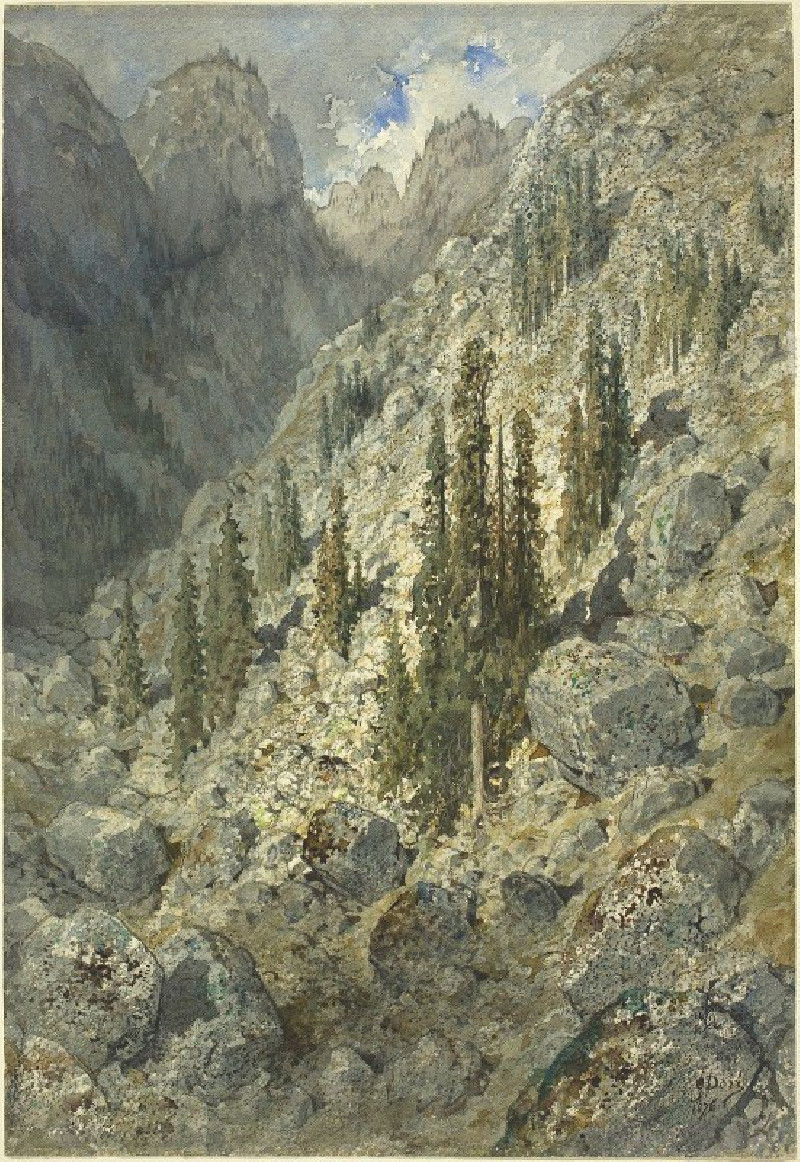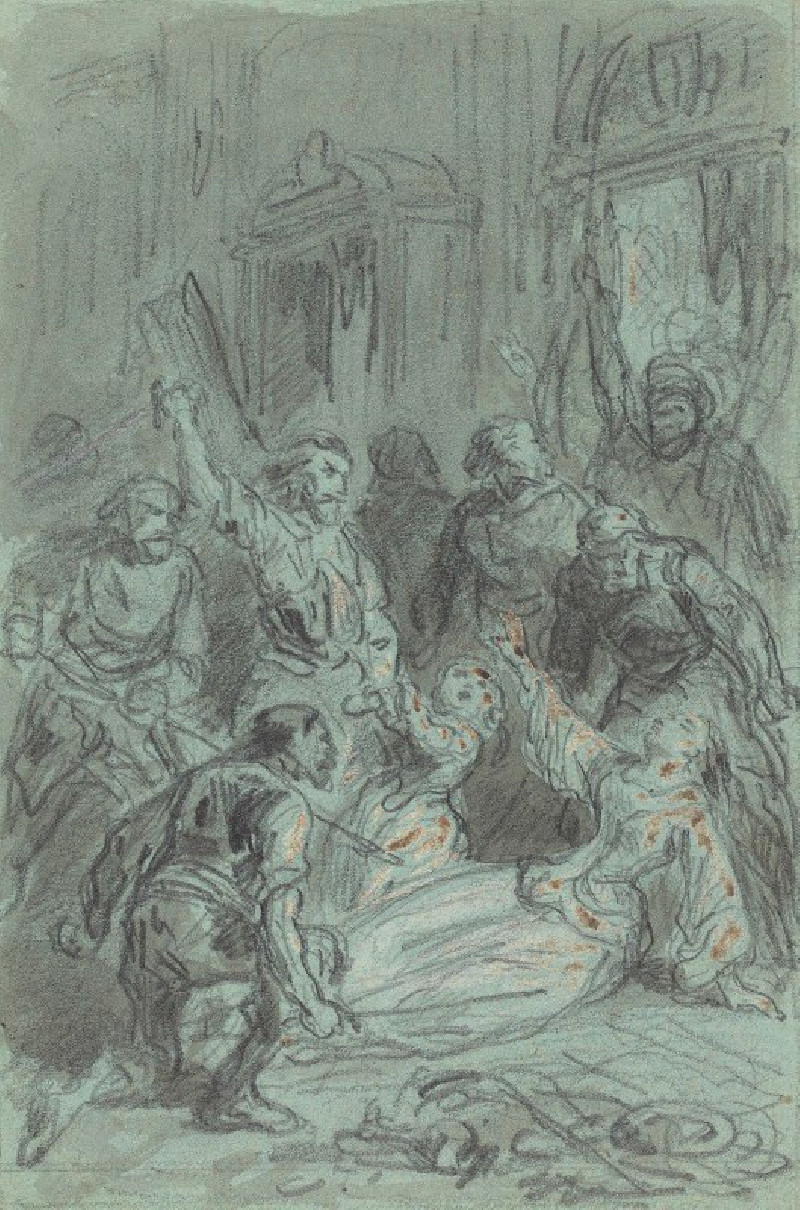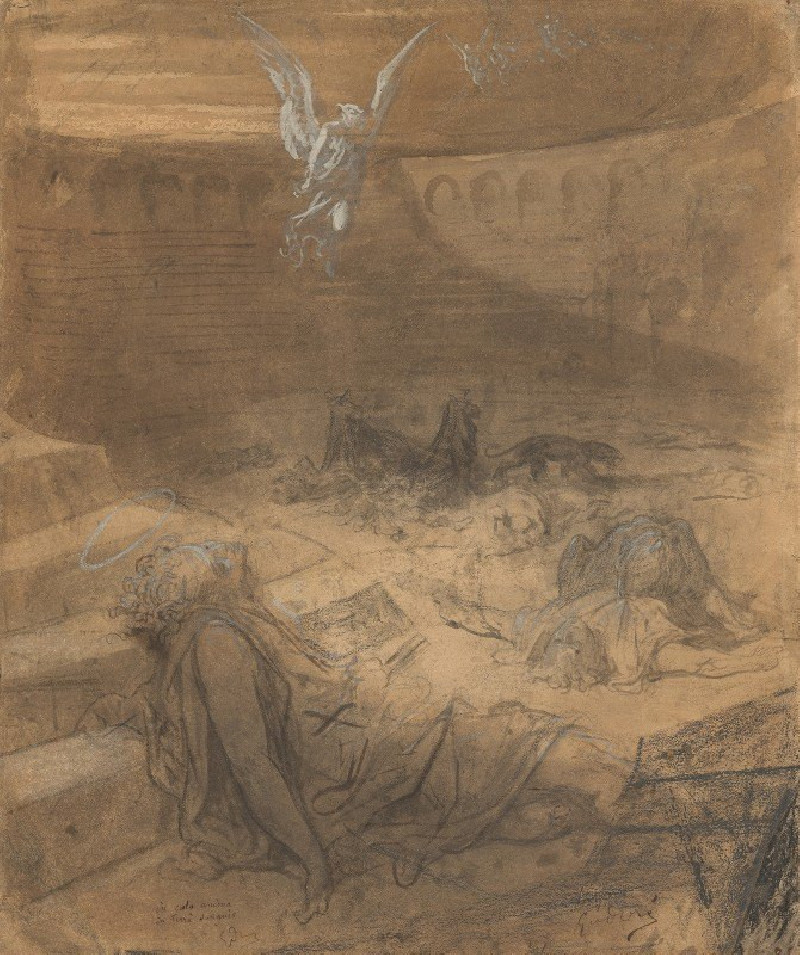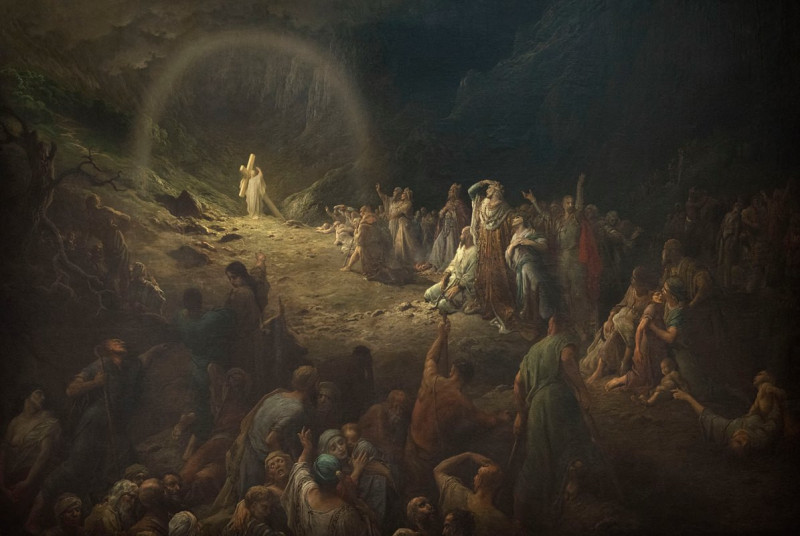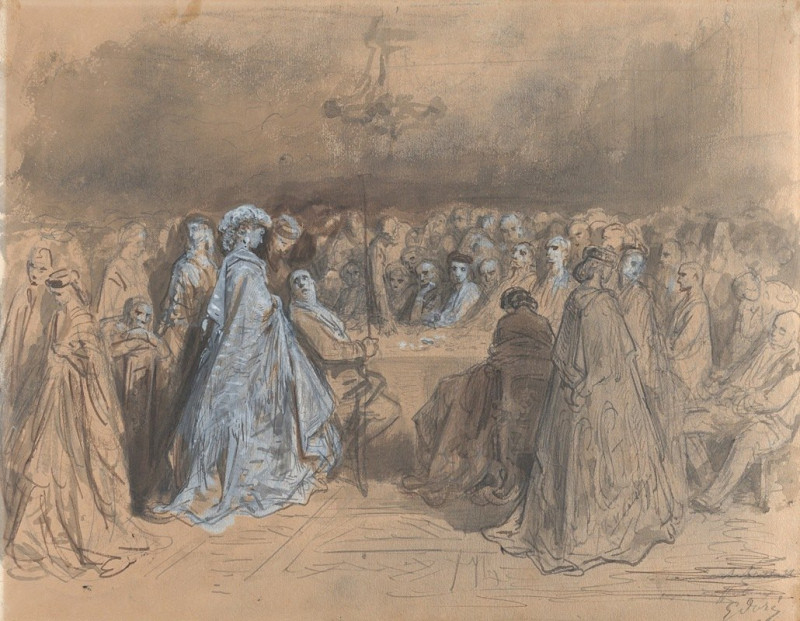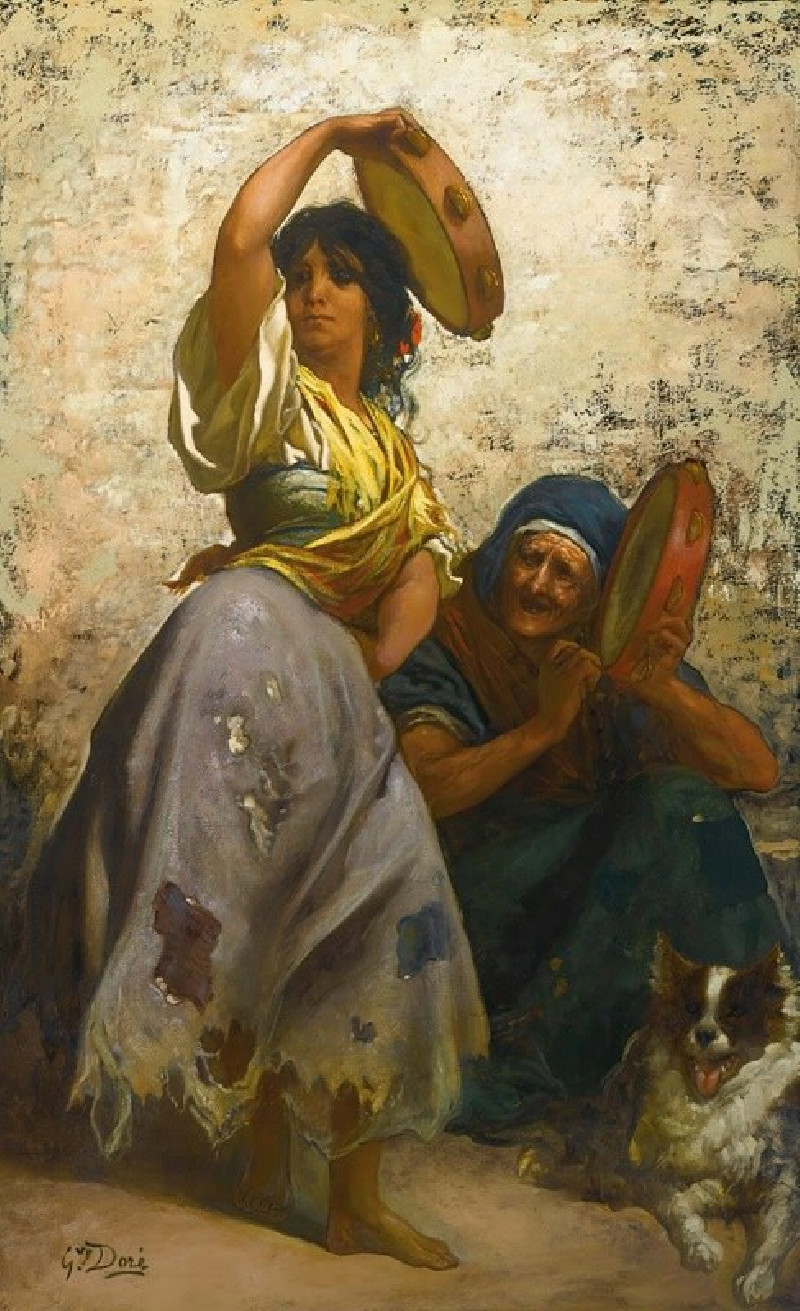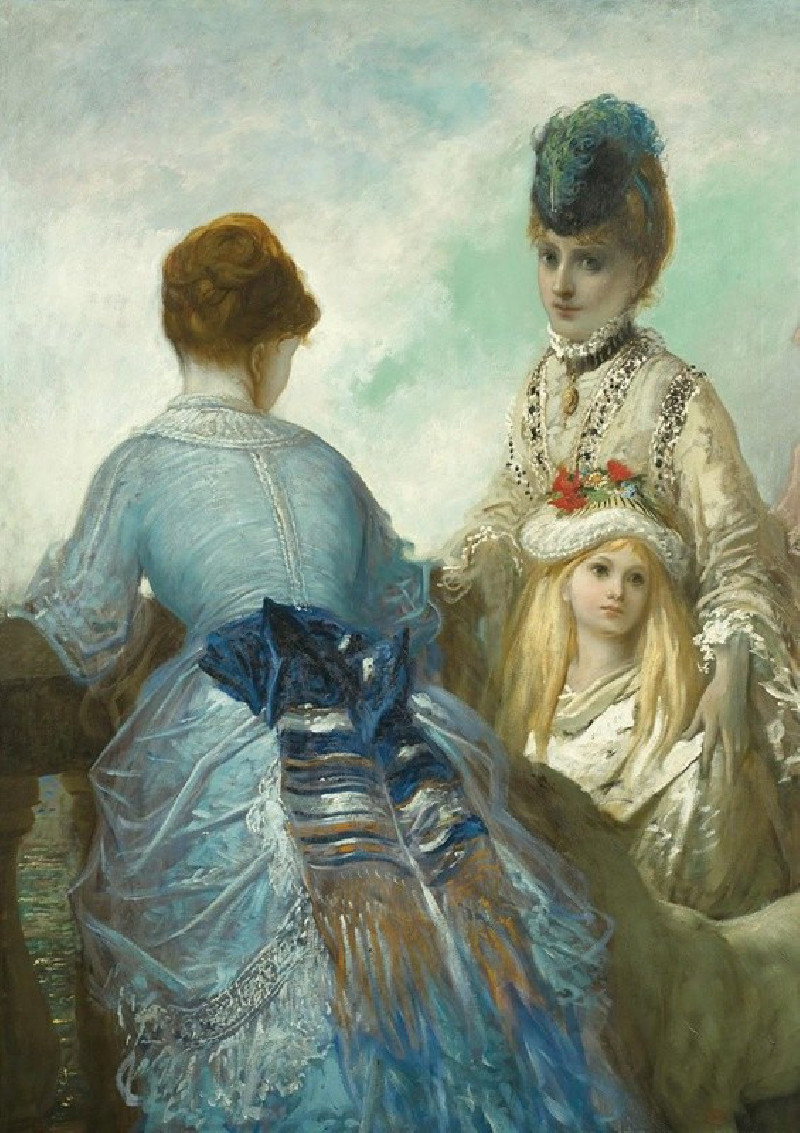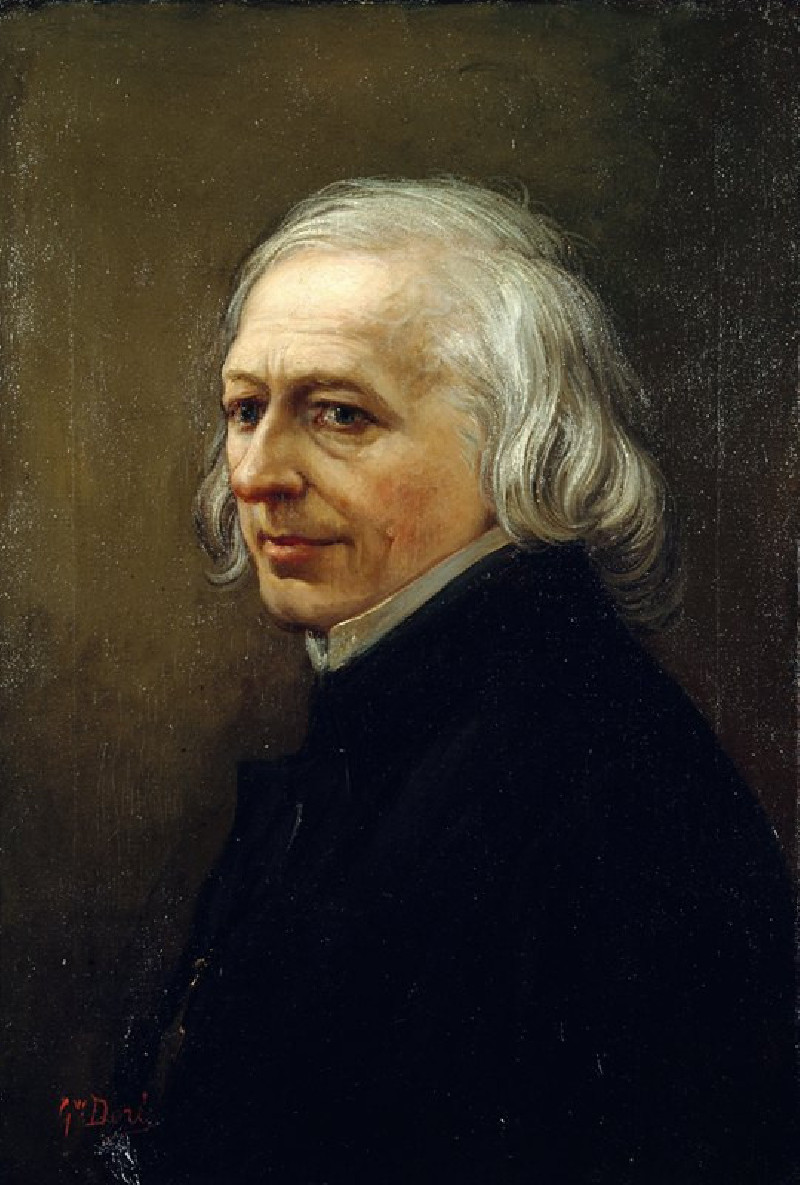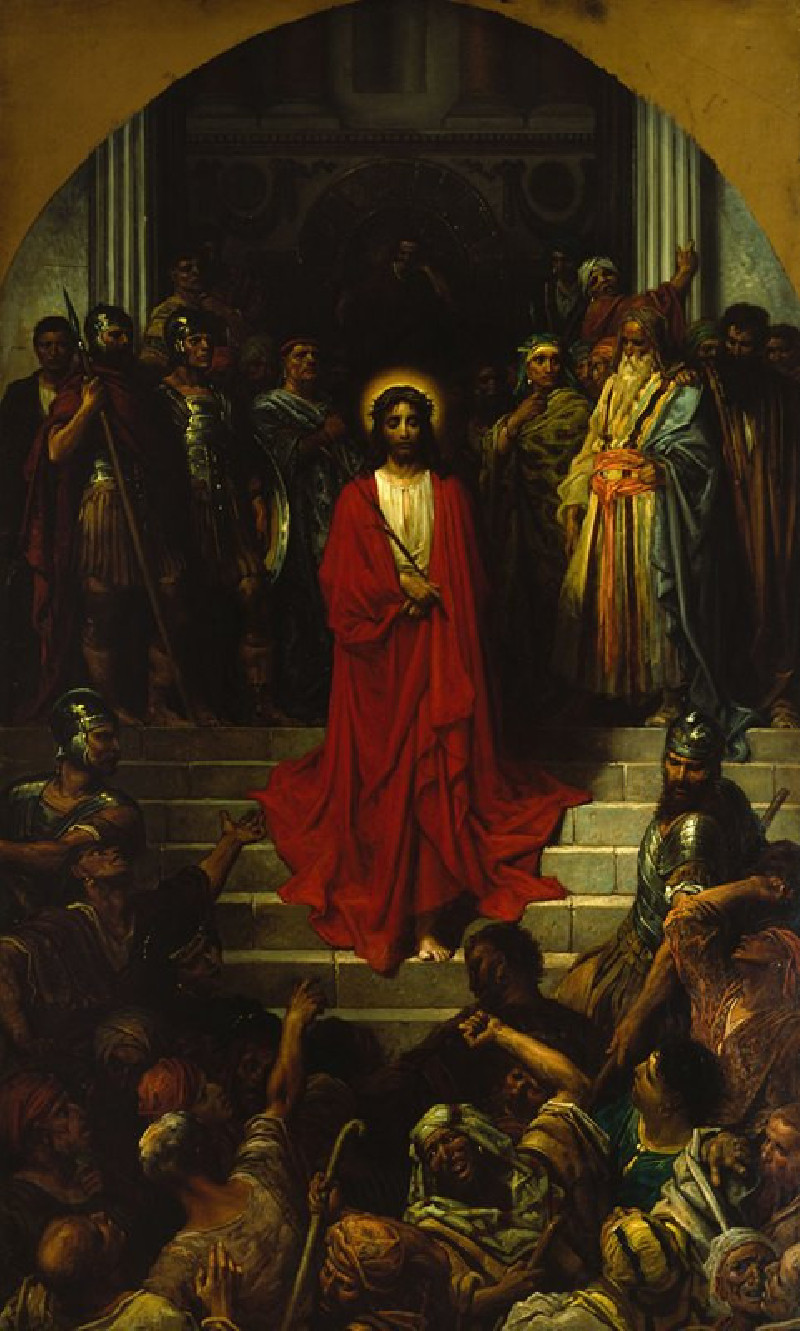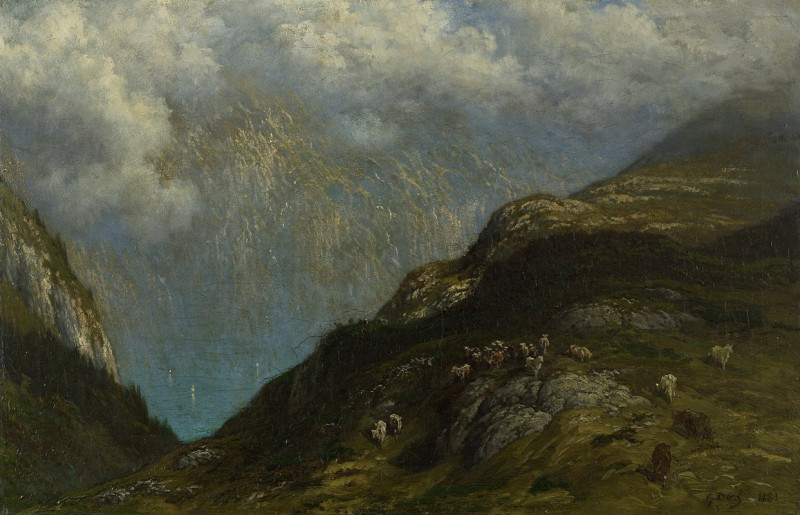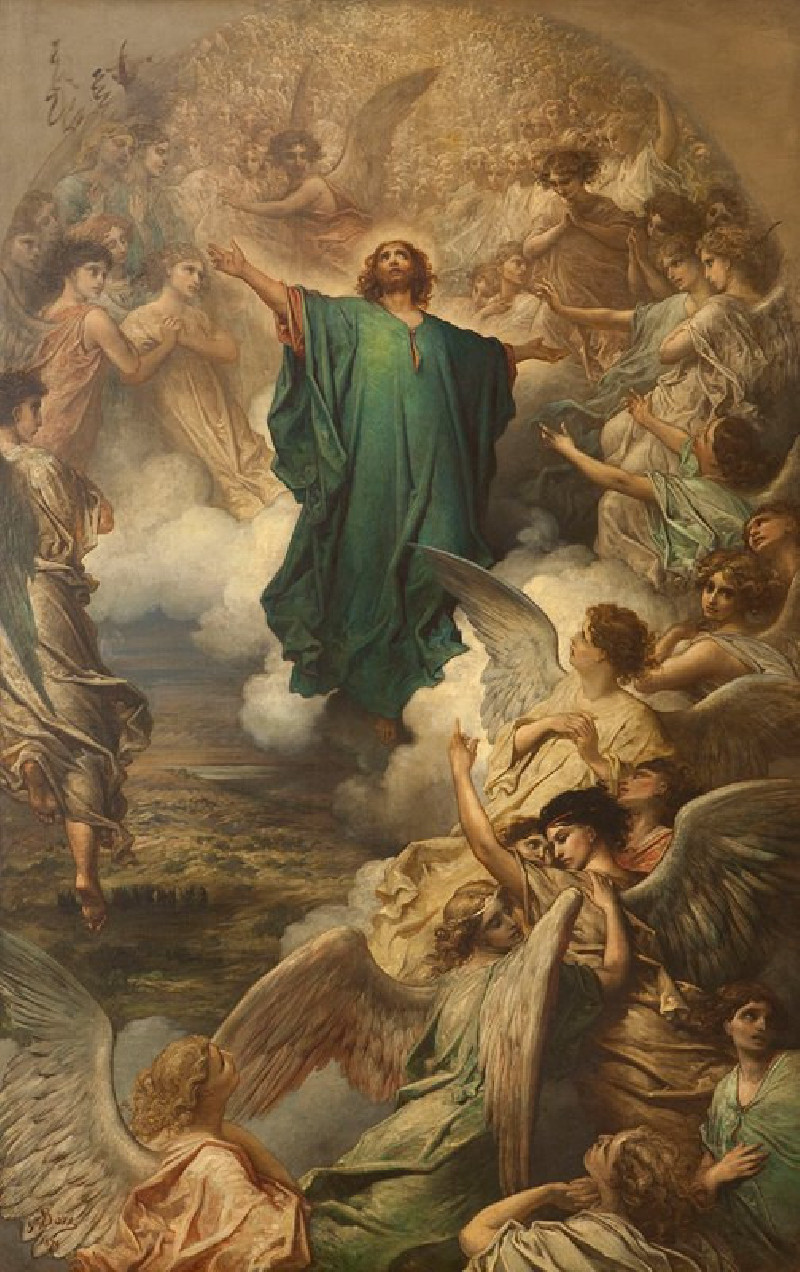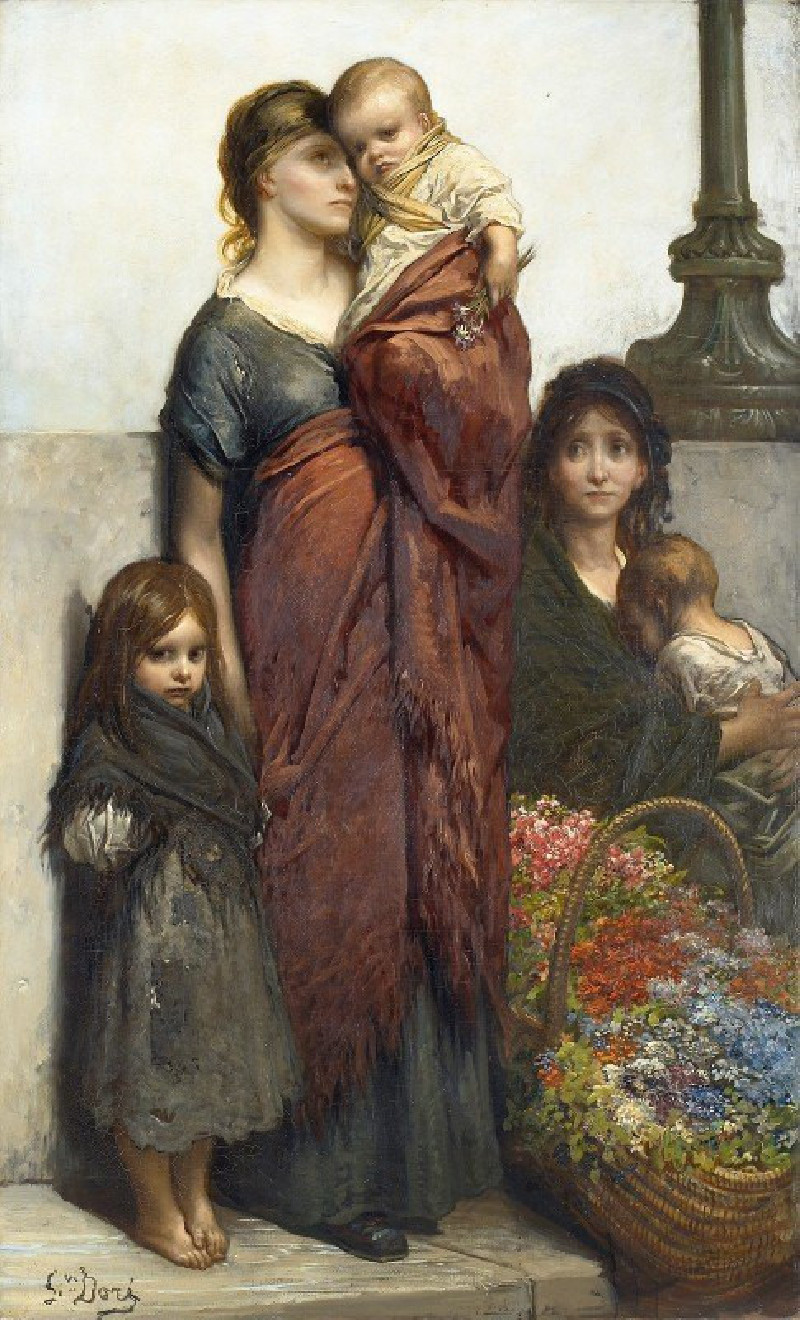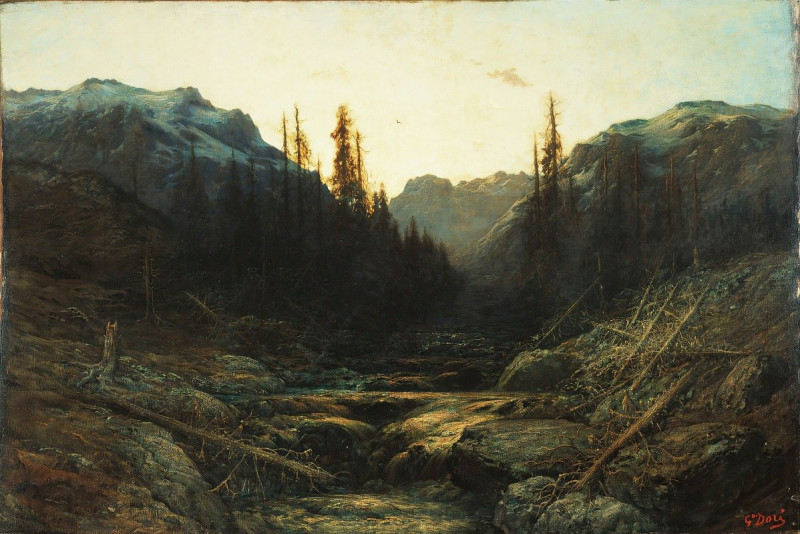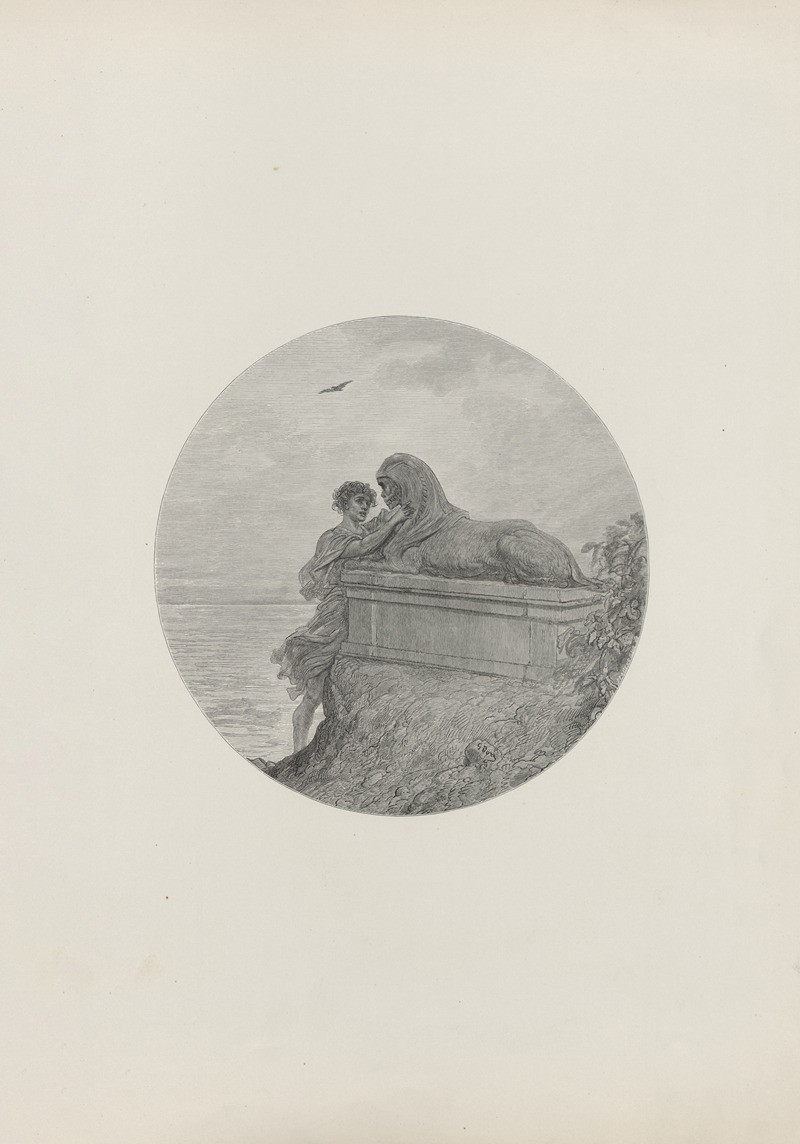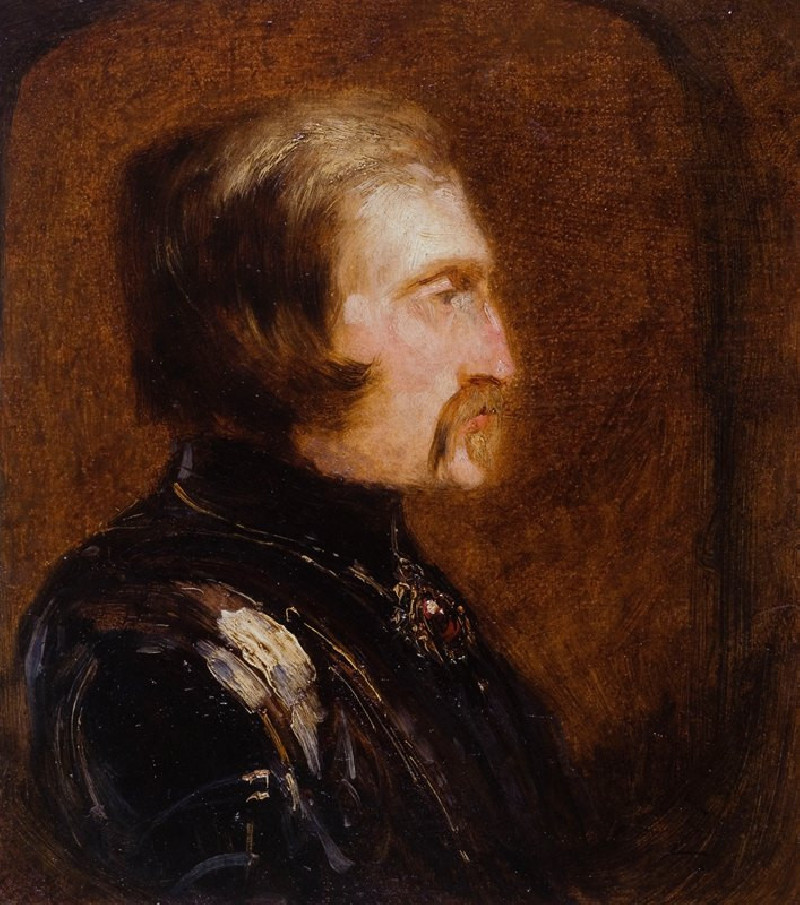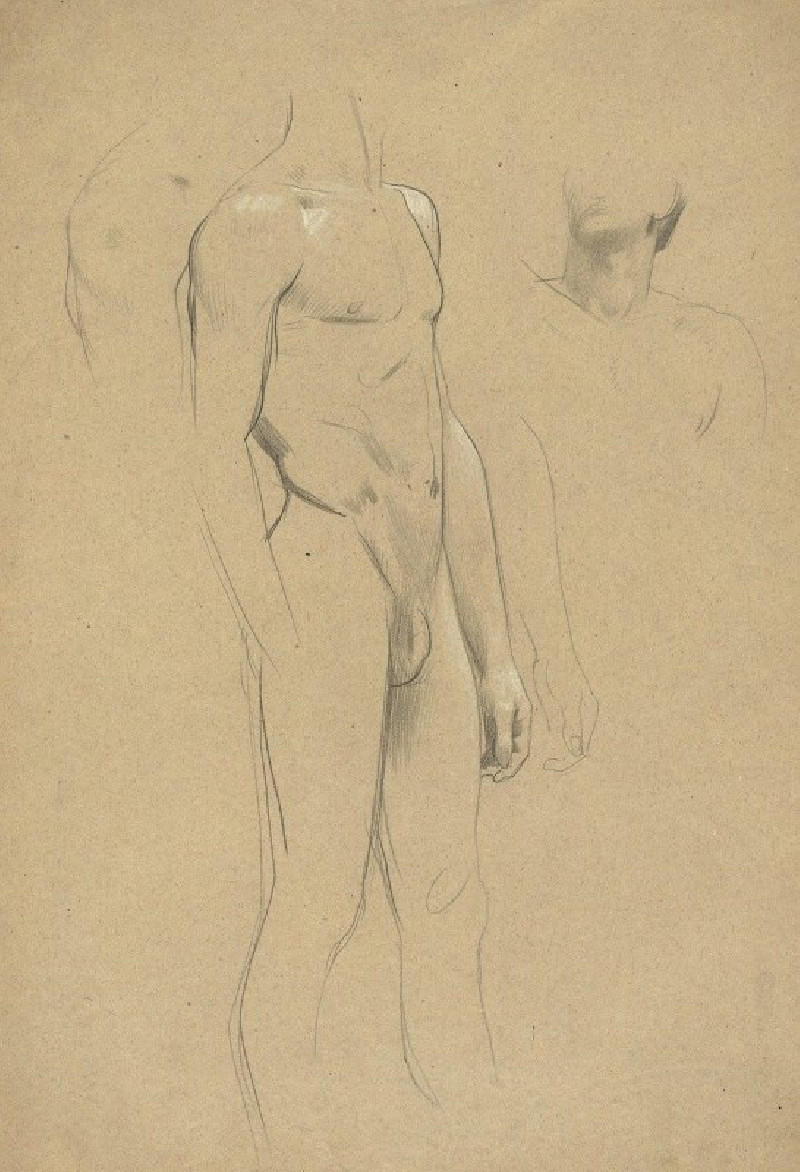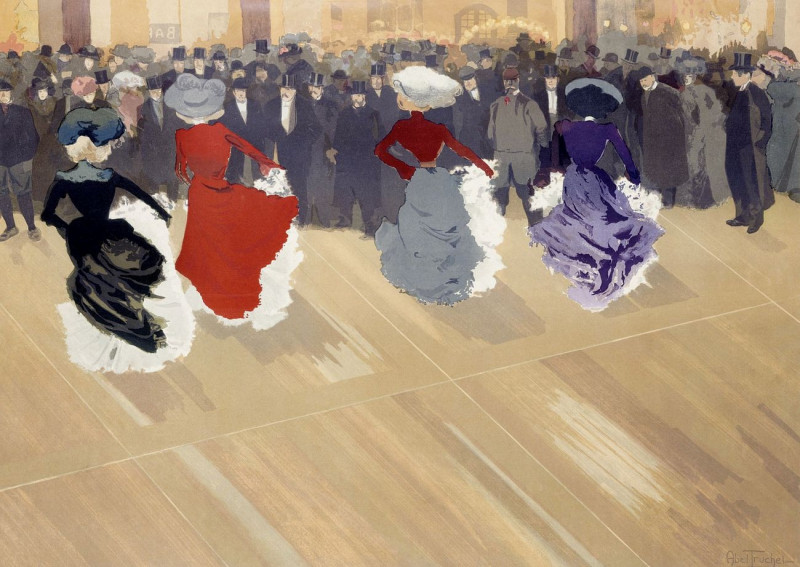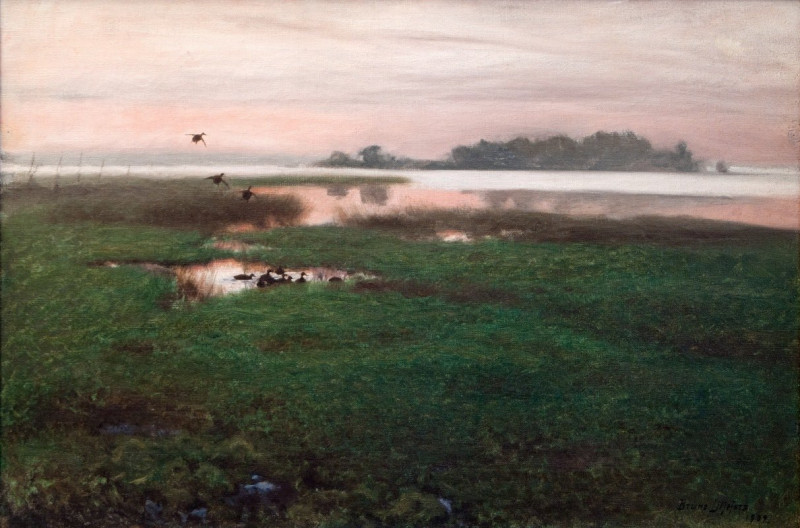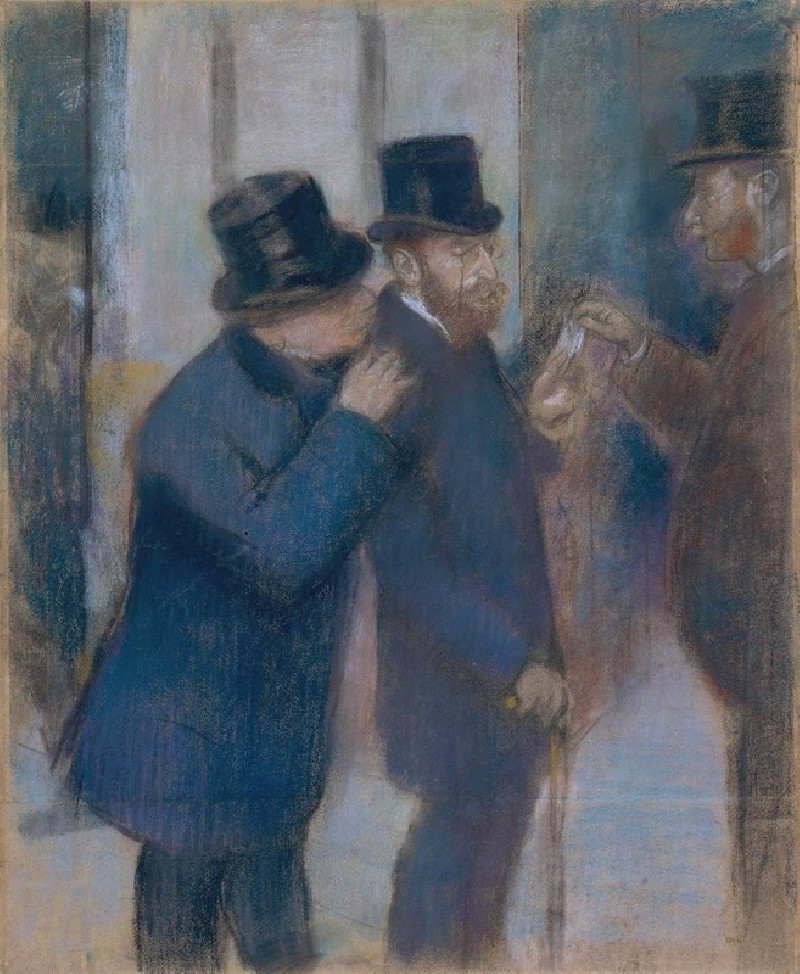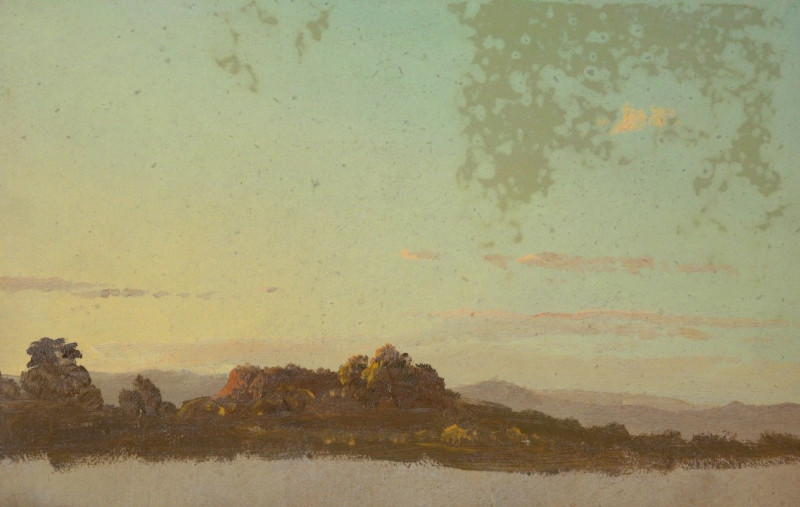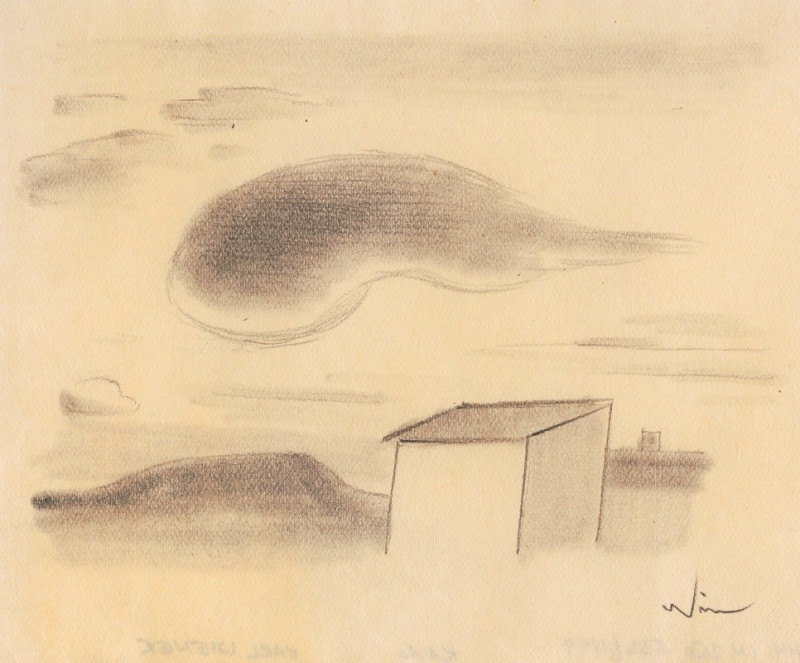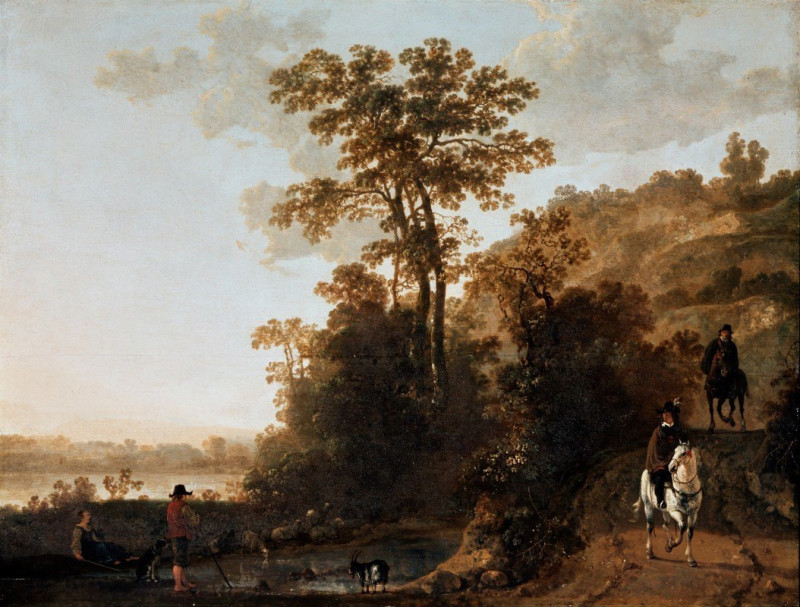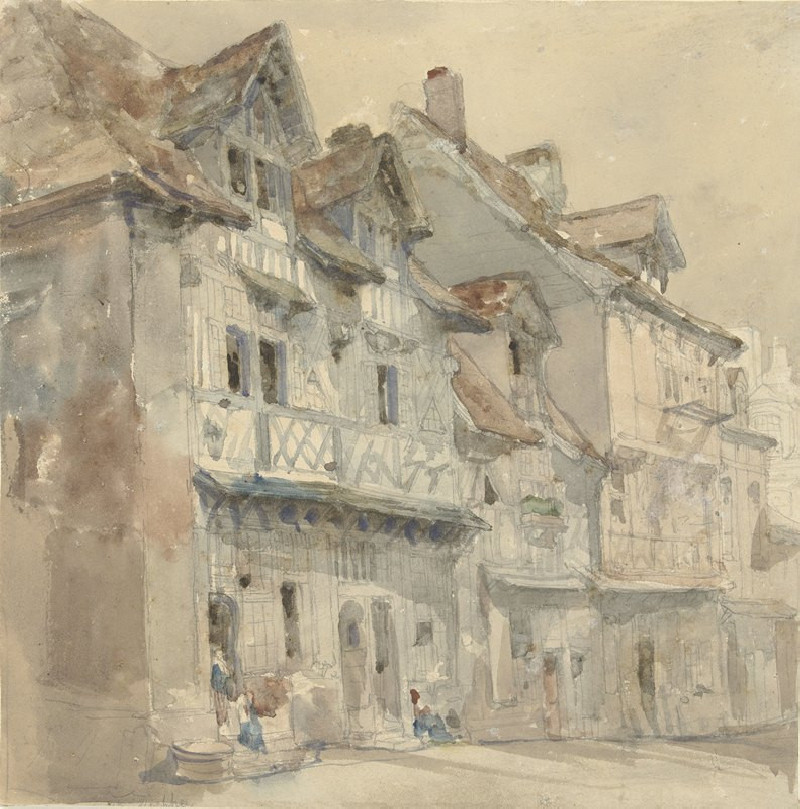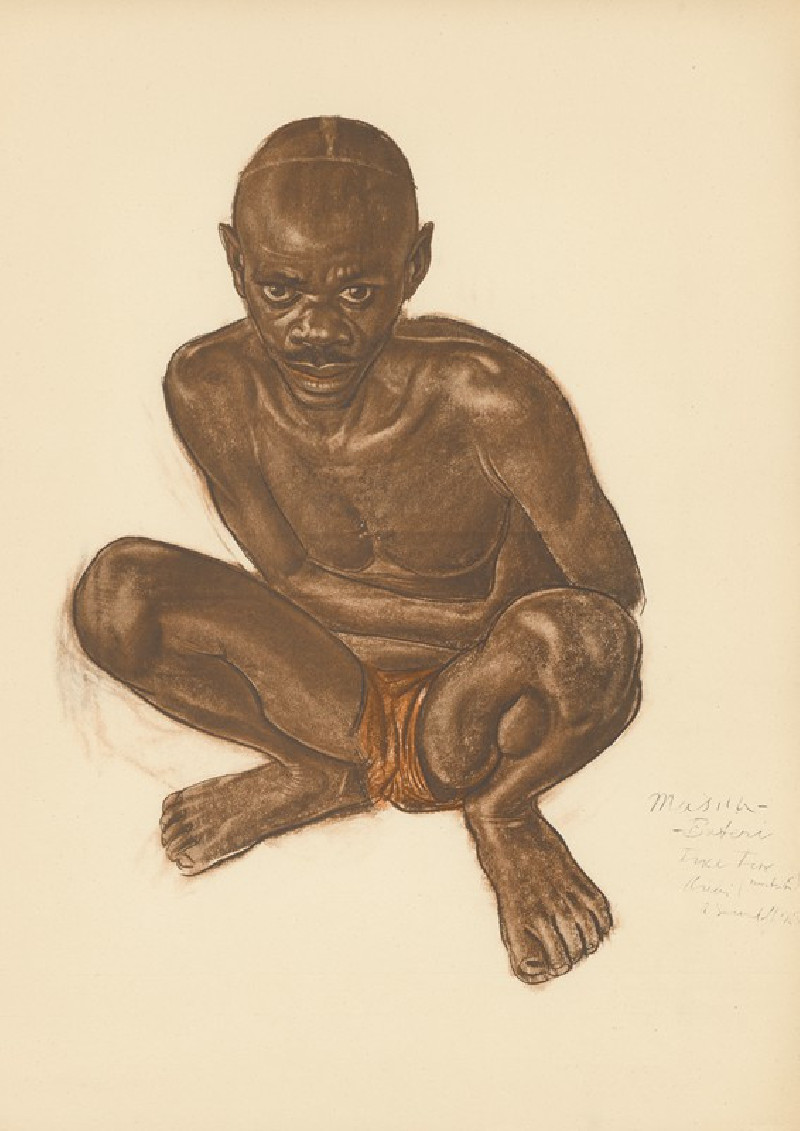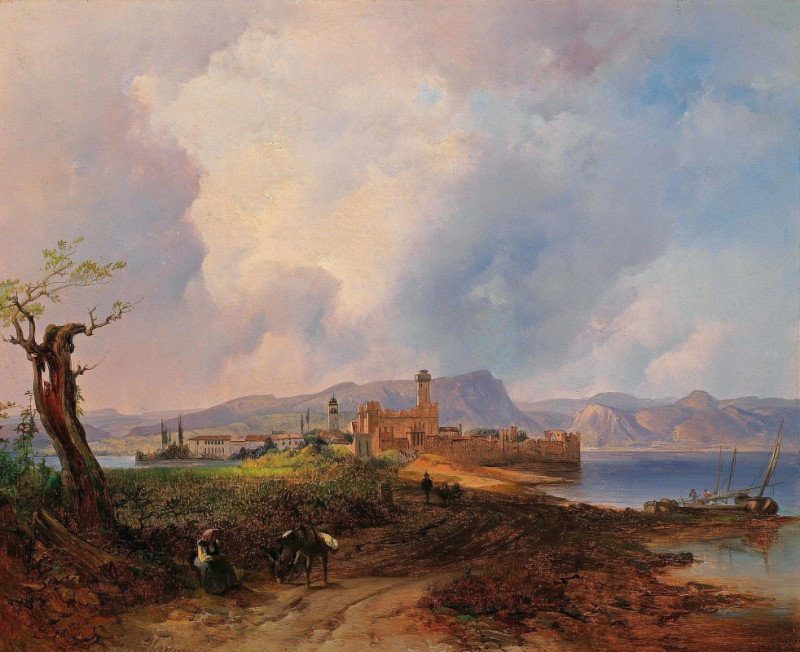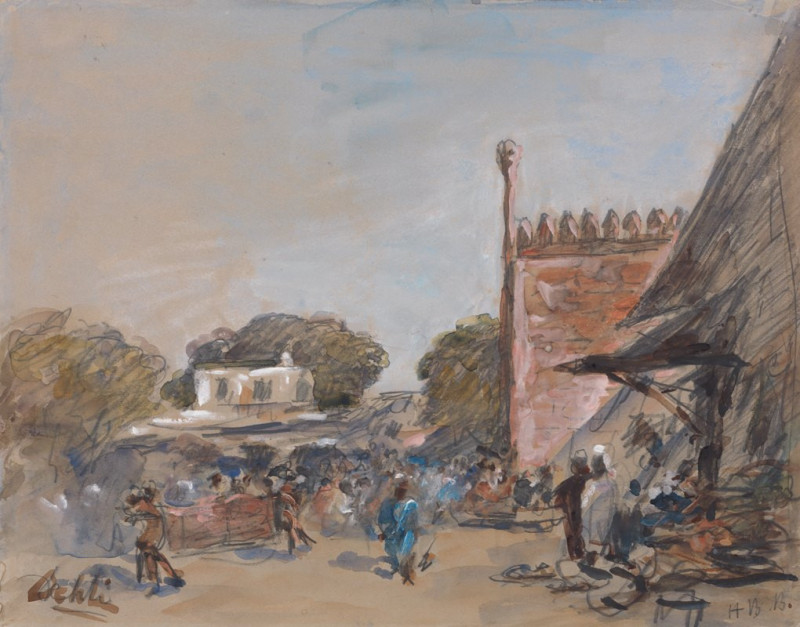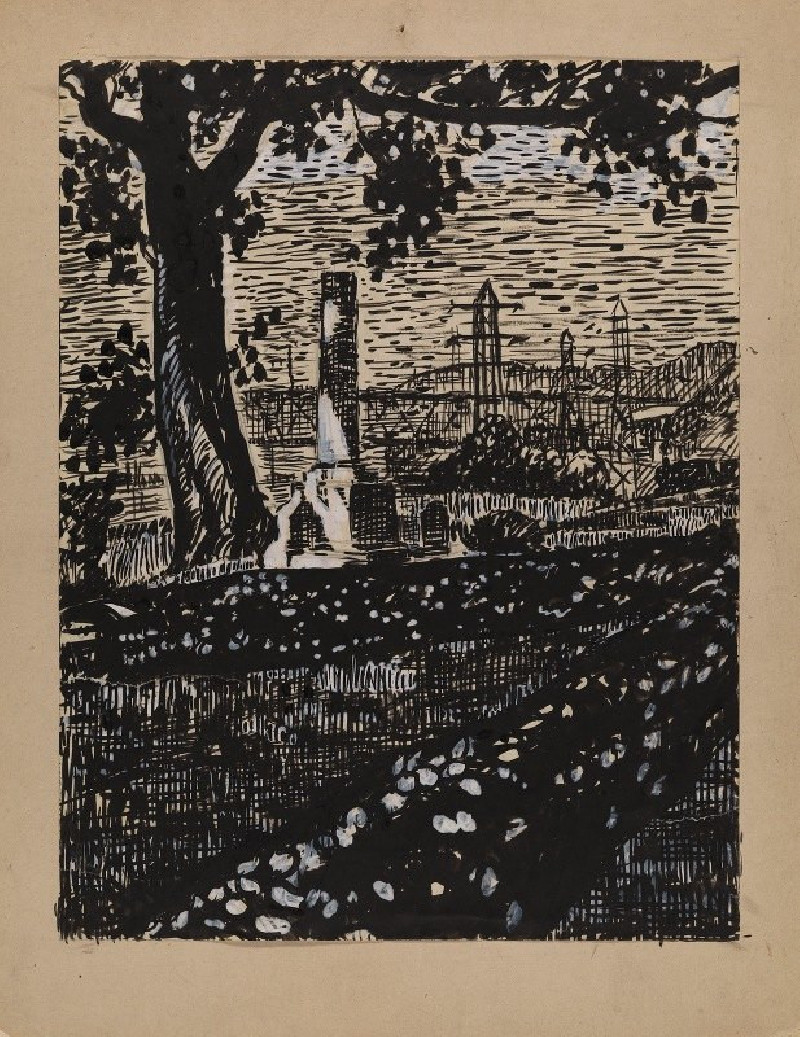Liberty (c. 1865-1875)
Technique: Giclée quality print
Recommended by our customers
More about this artwork
1865-1875)Gustave Doré's "Liberty" is a captivating painting that visually captures the tumultuous and transformative forces of freedom. Created during a period marked by social and political upheaval, this artwork resonates with themes of liberation and struggle.The central figure in "Liberty" is a woman poised in a dramatic and uplifting manner. Her arms are raised high, a stance that, along with the broken chains she holds, symbolizes the shattering of oppression. This figure, bathed in a celestial light that filters through the darkness, represents the ideal of Liberty itself—a guiding light amid chaos.Around her, a throng of individuals reacts variously to the newfound freedom. Some appear exultant, reaching towards the light, while others are overwhelmed, possibly fearful of the new responsibilities that liberty entails. The assortment of figures and their dynamic expressions evoke a powerful, emotionally charged response from the viewer, inviting us to reflect on the dual nature of freedom—both its empowering and its daunting aspects.Doré's use of contrasting light and shadow enhances the dramatic effect of the scene, drawing attention to the central figure of Liberty. The setting, likely a dungeon or a similarly oppressive space, with its dark tones and heavy shadows, further underscores the theme of emergence from darkness into enlightenment brought on by liberty.This painting not only showcases Gustave Doré’s mastery in illustration and painting but also serves as a timeless reminder of the enduring human struggle for freedom and dignity.
Delivery
Returns
Paul Gustave Louis Christophe Doré (6 January 1832 – 23 January 1883) was a French printmaker, illustrator, painter, comics artist, caricaturist, and sculptor. He is best known for his prolific output of wood-engravings illustrating classic literature, especially those for the Vulgate Bible and Dante's Divine Comedy. These achieved great international success, and he became renowned for printmaking, although his role was normally as the designer only; at the height of his career some 40 block-cutters were employed to cut his drawings onto the wooden printing blocks, usually also signing the image.

